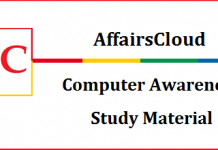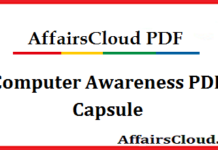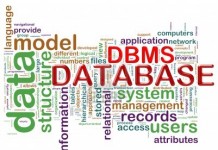ATM_electronic telecommunications device that enables the customers of a financial institution to perform financial transactions, particularly cash withdrawal, without the need for a human cashier, clerk or bank teller.
also known as Cash Machine, Automated banking machine , cashpoint, cashline.
On most modern ATMs, the customer is identified by inserting a plastic ATM card with a magnetic stripe or a plastic smart card with a chip that contains a unique card number and some security information such as an expiration date or CVVC (CVV). Authentication is provided by the customer entering a personal identification number (PIN).
Using an ATM, customers can access their bank deposit or credit accounts in order to make a variety of transactions such as cash withdrawals, check balances, or credit mobile phones. If the currency being withdrawn from the ATM is different from that in which the bank account is denominated the money will be converted at an official exchange rate.
TYPICAL ATM
HARDWARE: An ATM is typically made up of the following devices
- CPU (to control the user interface and transaction devices)
- Magnetic or chip card reader (to identify the customer)
- PIN pad EEP4 (similar in layout to a touch tone or calculator keypad), manufactured as part of a secure enclosure
- Secure cryptoprocessor, generally within a secure enclosure
- Display (used by the customer for performing the transaction)
- Function key buttons (usually close to the display) or a touchscreen (used to select the various aspects of the transaction)
- Record printer (to provide the customer with a record of the transaction)
- Vault (to store the parts of the machinery requiring restricted access)
- Housing (for aesthetics and to attach signage to)
- Sensors and indicators
SOFTWARE
- Today the vast majority of ATMs worldwide use a Microsoft Windows operating system, LINUX primarily Windows XP Professional or Windows XP Embedded.
- A small number of deployments may still be running older versions of Windows OS such as Windows NT, Windows CE, or Windows 2000.
- There is a computer industry security view that general public desktop operating systems(os) have greater risks as operating systems for cash dispensing machines than other types of operating systems like (secure) real-time operating systems (RTOS).
- RISKS Digest has many articles about cash machine operating system vulnerabilities.
TYPES & Various kinds of ATM
1.Handheld ATMS–Used in remote areas-DENA bank introduced in GUJRAT
2.Mini ATMs POS enabled –service with CASH-IN CASH -OUT through IMPS –used for pensions , govt schemes , PDS public distributed system
3.MICRO ATMs–Used by Bussiness coresspondants ,BC handle physically
4.BIO-METRIC ATMs–Rural areas , Used by govt of india –for DBT (direct benefit transfer), MNREGA scheme
5.On site ATM -within the premises of bank
6.Off site ATM – Outside the bank premises
7.White Label ATM – Provided by NBFC
8.Green Label ATM – Provided for Agricultural Transaction
9.Orange Label ATM – Provided for Share Transactions
10.Yellow Label ATM – provided for E-commerce
11.PINK label ATM—women banking
12.BROWN label ATM– ATM are those Automated Teller Machines where hardware and the lease of the ATM machine is owned by a service provider–but cash management and connectivity to banking networks is provided by a sponsor bank .
USES
Although ATMs were originally developed as just cash dispensers, they have evolved to include many other bank-related functions_
- Paying routine bills, fees, and taxes (utilities, phone bills, social security, legal fees, taxes, etc.)
- Printing bank statements
- Updating passbooks
- Cash advances
- Cheque Processing Module
- Paying (in full or partially) the credit balance on a card linked to a specific current account.
- Transferring money between linked accounts (such as transferring between checking and savings accounts)
- Deposit currency recognition, acceptance, and recycling
Click here to know More about ATM
Click here to View Computer Awareness Quiz Page
Click here to View Computer Awareness Page





